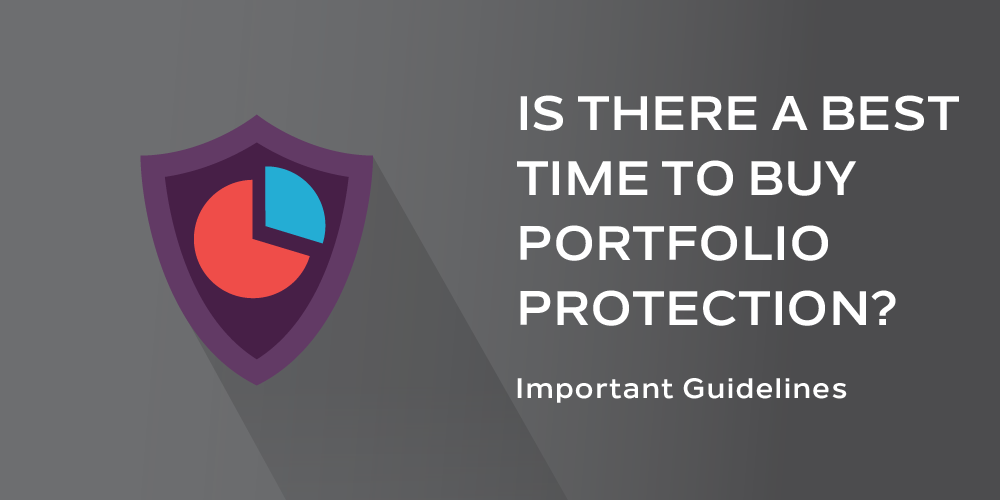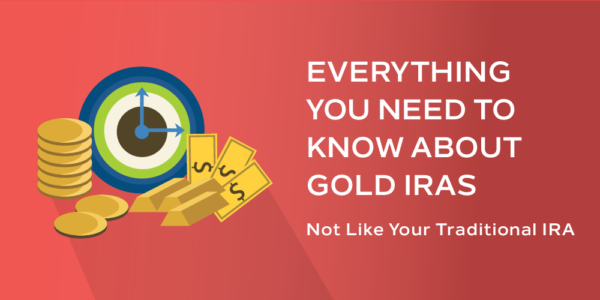
Many investors have come to understand the potential benefits of adding portfolio insurance via the purchase of put options on the most popular index ETF, SPY – SPDR S+P 500 ETF Trust.
Depending upon the strike-price and expiration chosen and the premium paid, a correction in the market could increase the value of the put sufficiently to offset a good portion of the decline.
Are there any guidelines as to when there may be a better time than others to pick up some portfolio protection?
Here are some possible criteria:
- When the market has been repeatedly rejected at recent highs
- When an upward sloping trendline has been broken and the market establishes a horizontal support line
- When the market breaks below a long term moving average and fails to break above it during a recovery rally
Once an investor has determined that the purchase of portfolio protection is desired, he/she must select the level of protection and the amount of time it is desired. Using the 5/27/2016 close of the SPY of $210, the at-the- money and 5% out-of-the-money puts near current volatility levels (15%) should be priced, respectively, as follows:
- The 90-day put = 3.2% and 1.2% of the SPY
- The 180-day put = 4.7 % and 2.4% of the SPY
This analysis tells the investor that, if held to expiration, the at-the-money put will “cover” all but the first 3.2% and 4.7% of a decline in the SPY. Purchase of the out-of-the-money put, although cheaper, would need the SPY to decline by 5% plus the cost of the put before the “insurance” would pay off. The response of these puts to declines prior to expiration is beyond the scope of this shortcut.
A few caveats:
- Buying insurance all the time can cost a lot – in the example, purchase of 90-day at-the-money puts every quarter could cost 12.8% of the portfolio (4 x 3.2%)!
- Buying insurance during a correction, when volatility often explodes, will substantially increase the cost of the insurance – at 30% volatility, the at-the-money 180-day put rises to 8.8%!
- The proper expectation is for the “insurance” to offset some, not all, of a decline.
- If the downside target is reached, consider selling the put and “cashing in” the “insurance.”
Above all, remember to balance your need for protection, how much you want, the amount of time you want it, and how much you are willing to pay for it.










